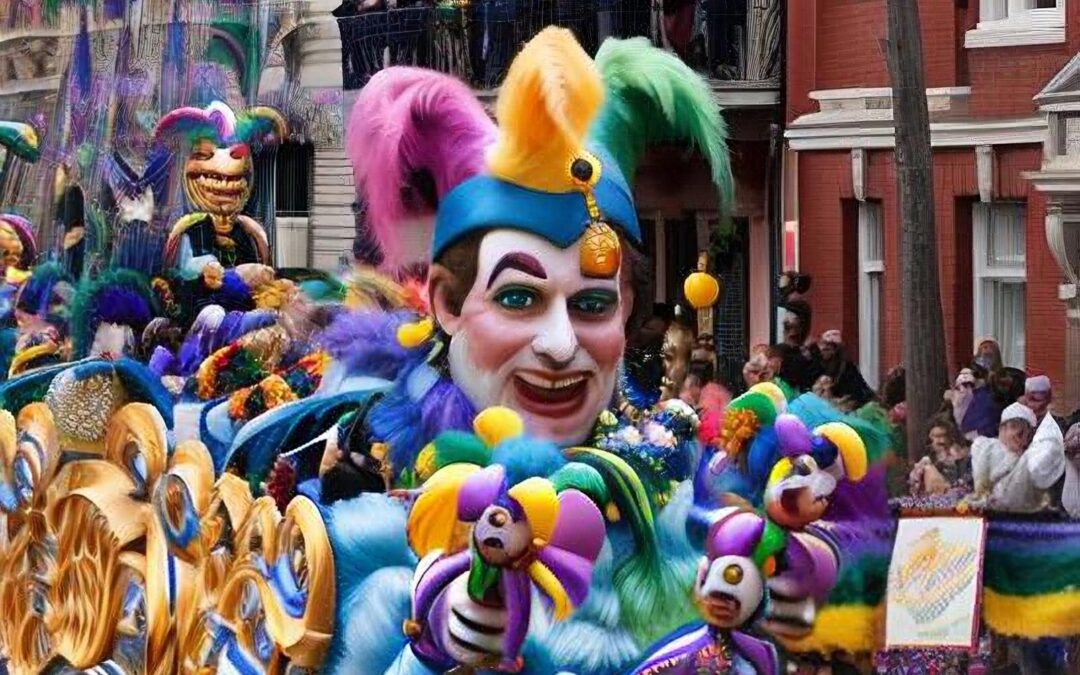Widely known for its extravagant beads and irresistible king cakes, Mardi Gras is one of the biggest holidays every year in New Orleans. Each year, pictures surface of the extravagant floats that parade the streets, but few understand the levels of significance and precision involved in such festivities.
Laws Change For the Holiday
Often recognized for flamboyant masks, Mardi Gras is the only time wearing masks and facial coverings is legal. Per Louisiana state law, doing so on any other day of the year is considered a crime, but for the festivals, mandates state that all float riders must be in disguise.
Parade Spots Are Highly Coveted
While being aboard the float sounds like an exciting way to spend your time, it is not as simple as knowing someone and climbing abroad. To gain access, you must go through the rigorous process of joining a Krew, which requires financial donations, and be selected by the board. If you obtain one of these highly coveted spots, you can ride aboard a dazzling float and attend a Mardi Gras ball.
There is no set date.
Every year, the festival begins on January 6th, but Fat Tuesday is the primary day of Mardi Gras, which does not have a set date. The fluidity is because the holiday must fall 47 days before easter or the day before Ash Wednesday, between February and March. This year, Mardi Gras falls on March 4th! If you haven’t already, be sure to celebrate with a bowl of gumbo and a slice of king cake.
King Cakes Hold Religious Significance
While they have been popularized for their hidden baby and delicious taste, king cakes are highly significant in New Orleans. The traditional oval shape represents the crowns of royalty, with the baby acting as a token of someone being crowned “king for the day.” While the title is rewarding, the chosen person is responsible for purchasing the next cake!
Yellow, Green and, Purple Represent Unity
The festival’s traditional colors were not chosen randomly but are the official royal colors. Each color is essential to the community: Purple represents justice, green represents faith, and yellow represents power. Together, these colors represent power and unity in the spirit of Mardi Gras.
More Helpful Articles
Back-to-School in the Bay Area!
As summer winds down and the school year approaches, the Bay Area becomes a bustling hub for back-to-school shopping and other activities. That makes this season a great time to give back to the community. The Bay Area is full of organizations dedicated to ensuring...
Celebrate the Bay Area with Local Festivals!
Celebrate the Bay this weekend! The Bay Area is well known for its diverse and vibrant blend of culture and history, highlighted by local festivals held year round. These festivals offer fun and engaging ways to better connect with the city’s heritage and community...
Watch our Bay Area Olympians!
The 2024 Paris Olympics is the most diverse to date, as it showcases athletic talent from across the globe. Of the 600 athletes representing the United States in the competition, over 140 hail from California, many with ties to the Bay Area. Known for our vibrant...






Recent Comments